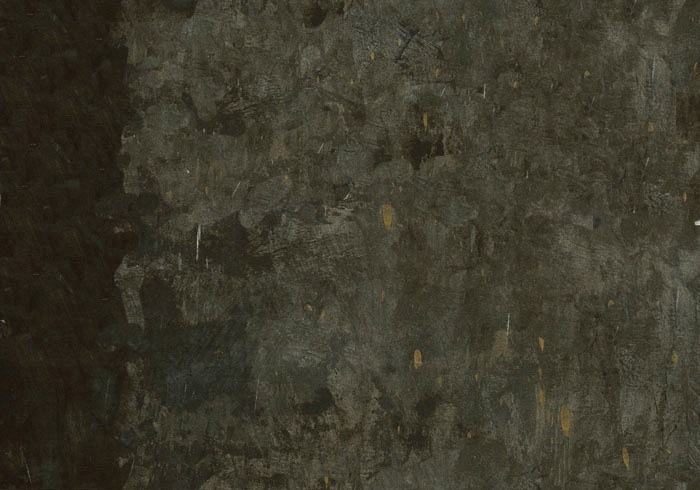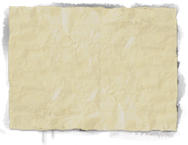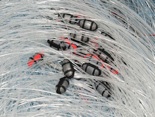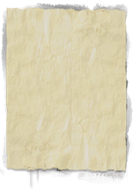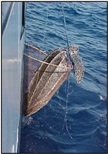This must be one of the greatest threats to both marine and bird life caused
by modern day industrial fisheries. Longlines are normally made from
practically invisible monofilament and a line can be anything from 1km to
100km long. While the main line is kept afloat by buoys vertical lines are
dropped down into the sea with baited hooks to attract various species of
fish, over 100 million of these baited hooks are dropped into the seas and
oceans every year. These lines are usually left to ‘soak’ for 12 to 24 hours
before being retrieved.
Unfortunately very few of these lines actually catch the intended species and
have a high by-catch rate including albatross, sea turtles, dolphins and much
other sea life. Longlines are without doubt responsible for the vast decline in
shark numbers in our oceans. Sea turtles, dolphins, albatross and other sea
birds drown as they cannot surface to breathe.
These longlines are legal presently, however under the Convention on the
Trade in Endangered Species of Flora and Fauna (CITES) they violate their legal right if the lines do not employ bird scaring devices, if they catch a threatened or endangered species (e.g. a sea turtle) or if the line is not identified either by an electronic device showing fishing license number, ships name and nationality or a flag. Many lines set thus violate the Convention and therefore are illegal and may legally be removed from the seas and oceans by any individual or organisation under pursuant to Article 21 of the UN World Charter for Nature. Policing however in this area at present remains poor to non-existent.


